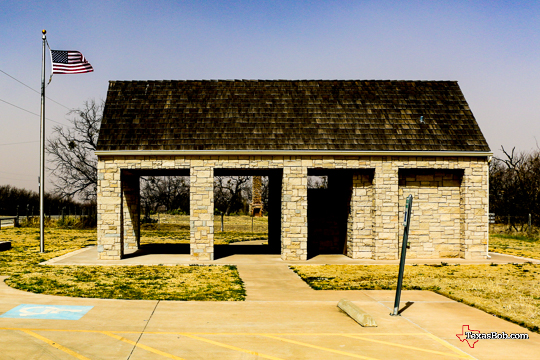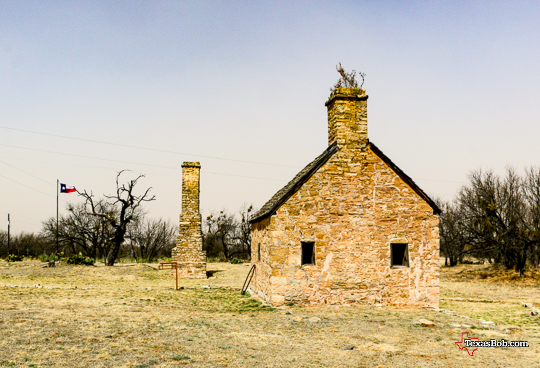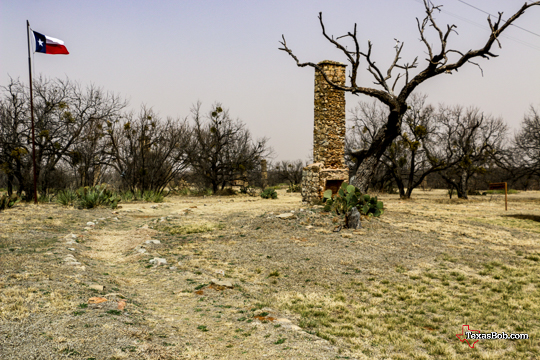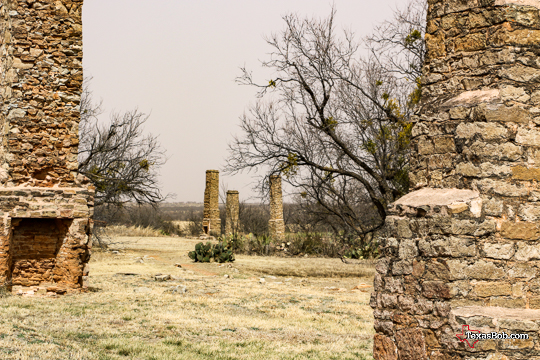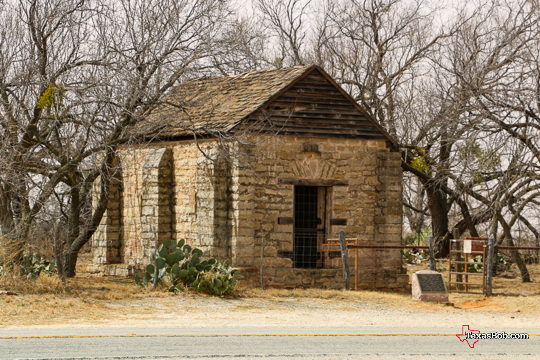Brevet Lt. Colonel John Joseph Abercrombie and by five companies of the 5th Infantry under his command were traveling to a site on the clear fork of the Brazos River where Elm Creek entered the river. There orders were, they were to build a Fort to protect westward moving settlers and those traveling to California looking for gold.
The Infantry soldiers carried their equipment followed by wagons driven by "teamsters" carrying supplies, construction tools and materials, and the goods needed to build a fort to survive at the remote location. The army also brought with them two carpenters, a stonemason, and a black smith.
During their journey they endured a "Blue Northerner" The teamsters became separated from the solders, one teamster froze to death and 28 mules and oxen also succumbed to the cold weather.
The bedraggled caravan arrived at Phantom Hill on Friday, November 14th, 1851, and the work to build the fort in this remote area began almost immediately.
An appropriate stone quarry was located on Elm Creek about two miles south. Blackjack oak logs for the officers' quarters and hospital had to be brought in by ox wagon from as far away as forty miles. The company quarters and other buildings were of jacal construction. All the buildings had stone chimneys, but only the magazine, guardhouse, and commissary storehouse were built entirely of stone.
Life at the fort was difficult. Elm Creek was often dry, and the waters of the Clear Fork were brackish. At one time an eighty-foot-deep, walk-in well was dug near the guardhouse, but even it was not always dependable. Often, it was necessary to haul barrels of water in wagons from a spring about four miles upriver from the post.
With the establishment of the reservation on the upper Brazos, the Camp on the clear fork on the Brazos River was evacuated on Thursday, April 6, 1854. The men of this post work in a grueling remote area for only 680 days. It is hard to understand how they did it.
